A little over an hour from Munich by car, but seemingly a world away, Oberammergau sits quietly in the middle of a Bavarian forest, and at the foot of a mountain. Elaborately painted façades decorate the town and give it an outsized appeal. It’s best known for those paintings, the Passion Play its residents produce every ten years, and the sights that surround it.
Our hotel for the June trip!
I picked this as a stop on my upcoming tour of Bavaria and Austria (June 2023—see here) both because of the town’s irresistible charm and because it works so well as a hub from which to see this stunning corner of Bavaria. [More info on using hub cities to see Europe here.]
Oberammergau itself
The murals that decorate buildings all over town, called Lüftmalerei in German, depict religious scenes and also scenes from folktales, like “Hansel and Gretel” and “Little Red Riding Hood.” Fittingly, they make the town look like a fairy tale come to life. It’s kind of surreal.
One of Oberammergau’s most famous façades depicts the crucifixion.
This village dates at least back to the Roman era; its famed Passion Play, a five hour production with local actors and impressive staging, has been performed every ten years since the 1600s, with a few exceptions, like 2020. It was most recently held in 2022, and will be next in 2030. The long performance is paused for a dinner break; the theater itself can be visited, at least during play season, as we did on a recent group trip through Bavaria. [See below: the Passion Play theater, the actor playing Jesus in 2022.]
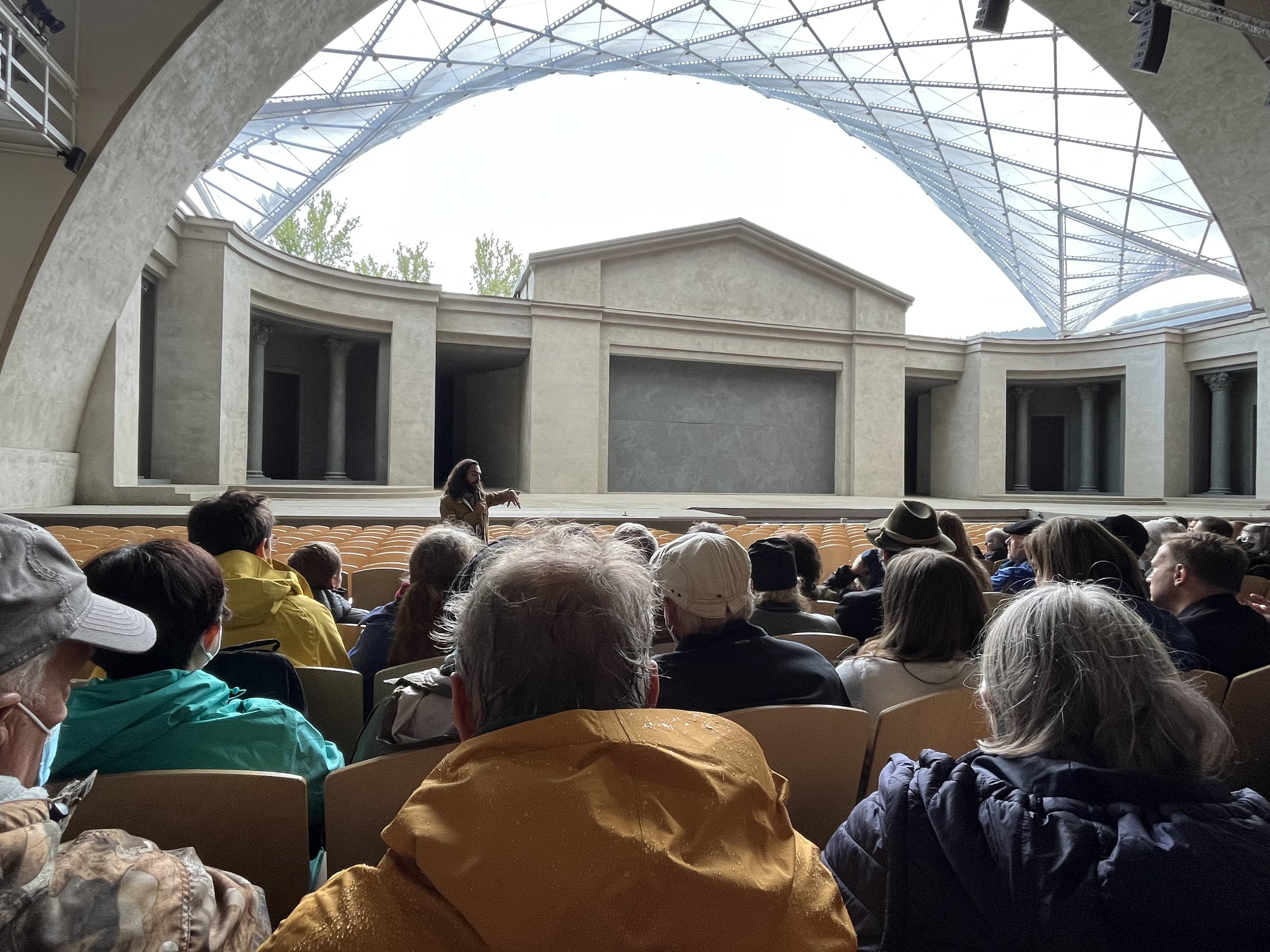
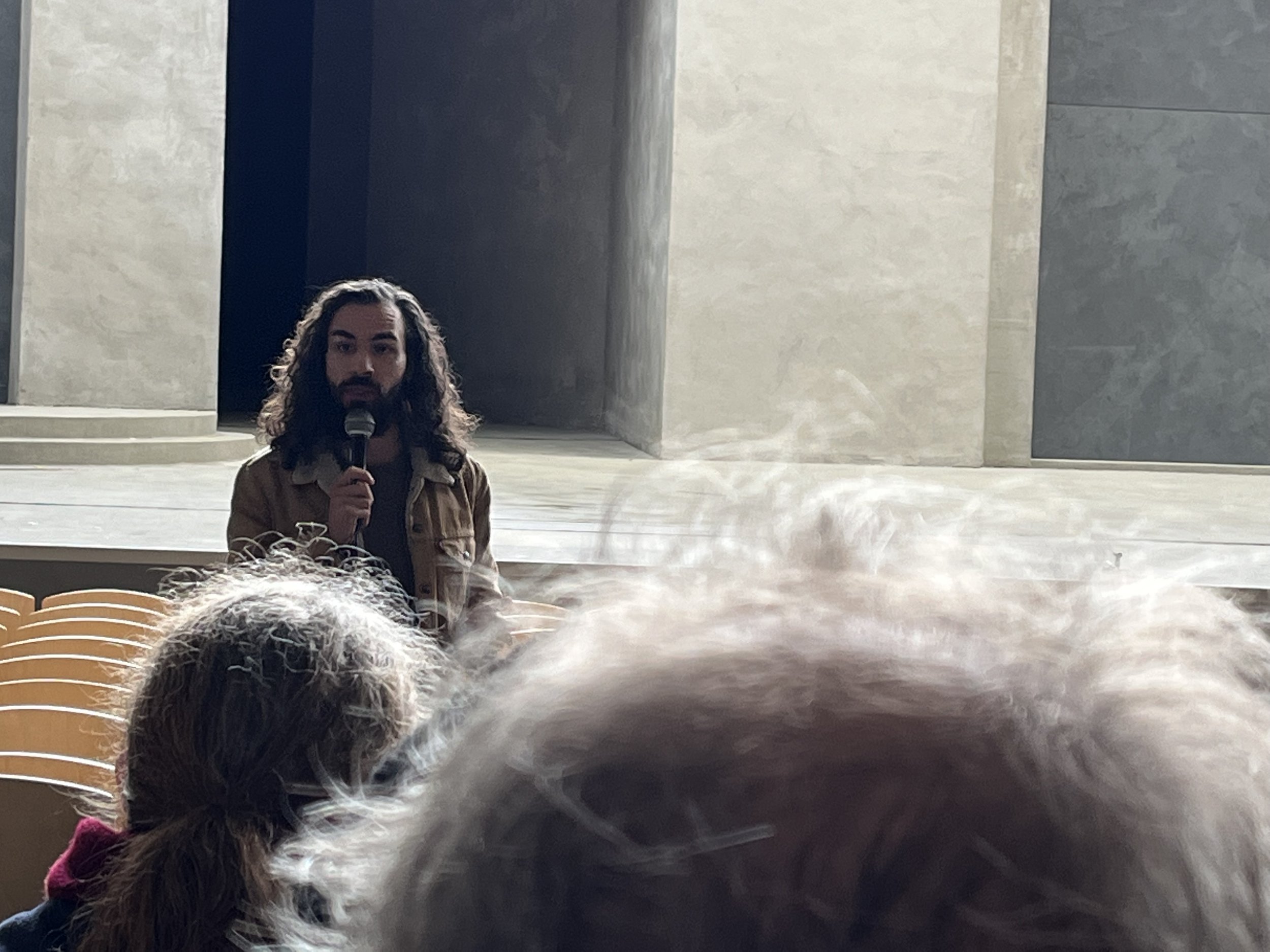
Oberammergau is also known for wood carving, and visitors will find artisans’ shops scattered around the town center. Visitors who can’t attend the Passion Play but want to see what it’s like will find several vendors selling a hardback book that depicts it. This can also be ordered online from Amazon here—it’s big enough you wouldn’t want to pack it home.
The castles
My favorite of the castles is Linderhof, tiny by comparison to the others, but with the most ornate and complete interior (crafted to rival Versailles). In a clearing in the Ettaler Forest, Linderhof is surrounded by ornate gardens, a ‘Moorish kiosk,’ and a grotto/cave with an artificial lake rooted in mythology (or in Ludwig’s madness). You’ll also find a couple of places to eat and a gift shop, where my cuckoo clock is from. When I take clients/family/friends to this area, as I will again in June 2023, Linderhof is where we stop. [Below: Linderhof’s exterior (bc pix aren’t allowed inside—typical of European castles; Mom about to visit her favorite of the castles; the grotto.]
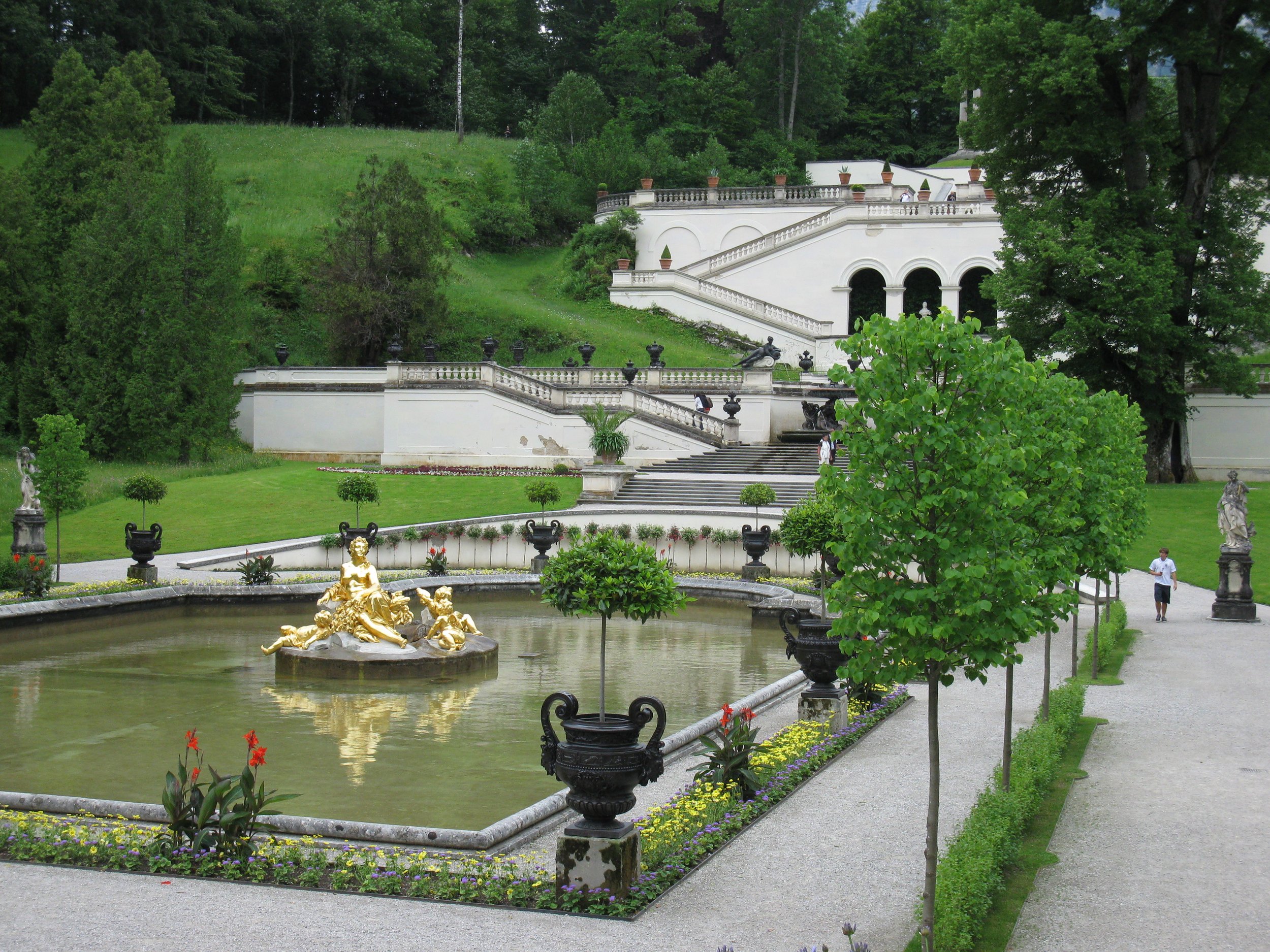

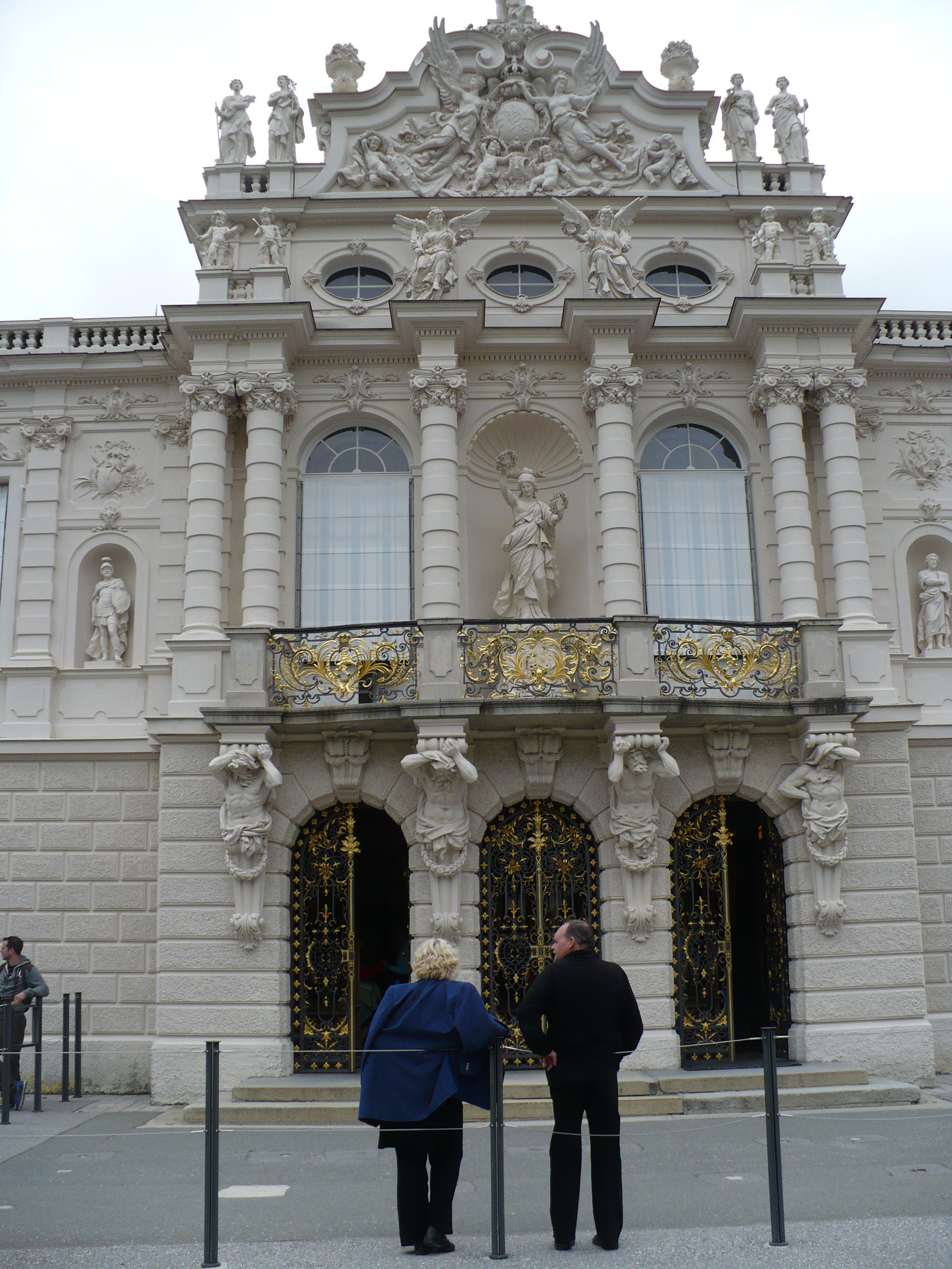
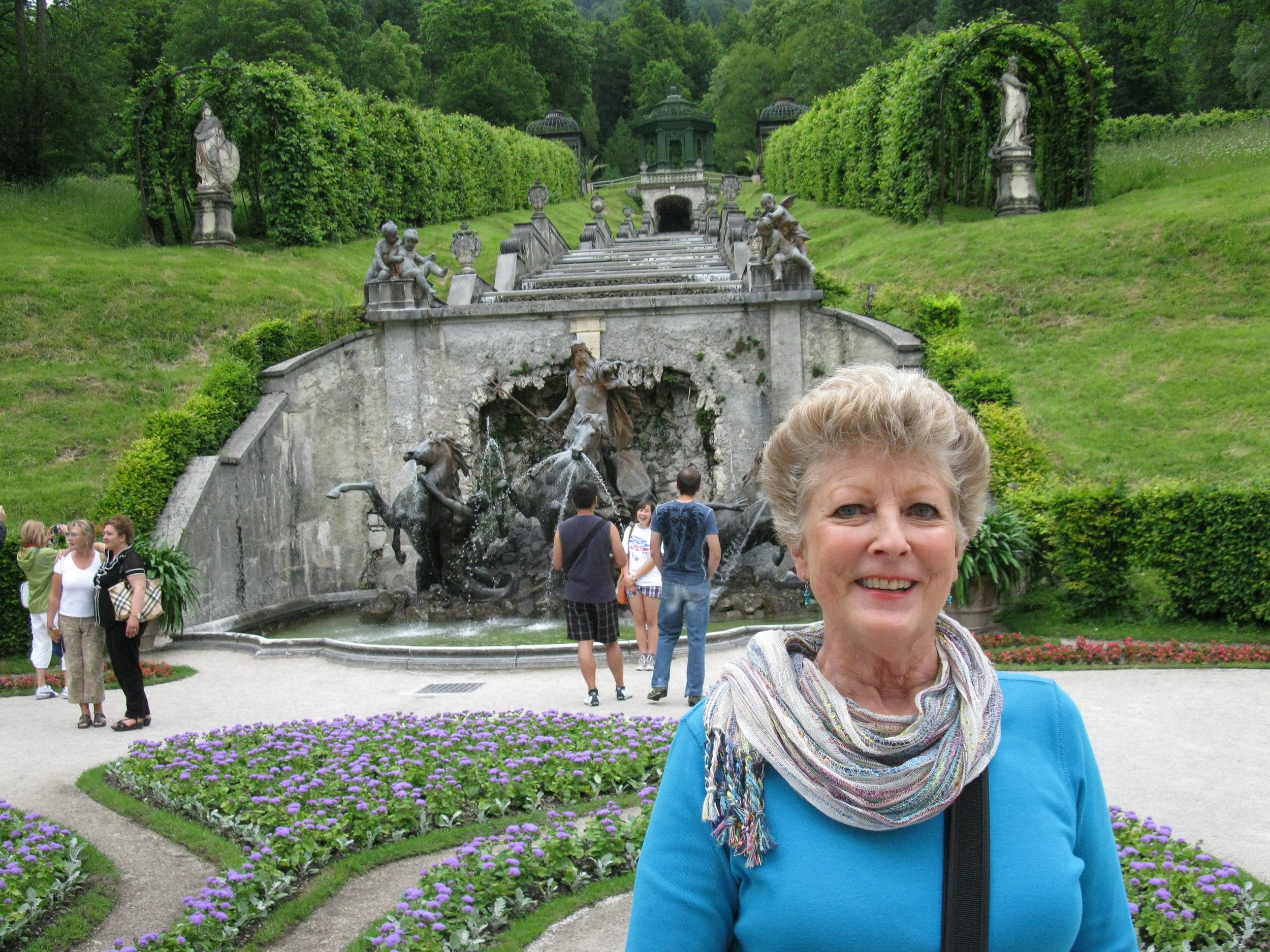
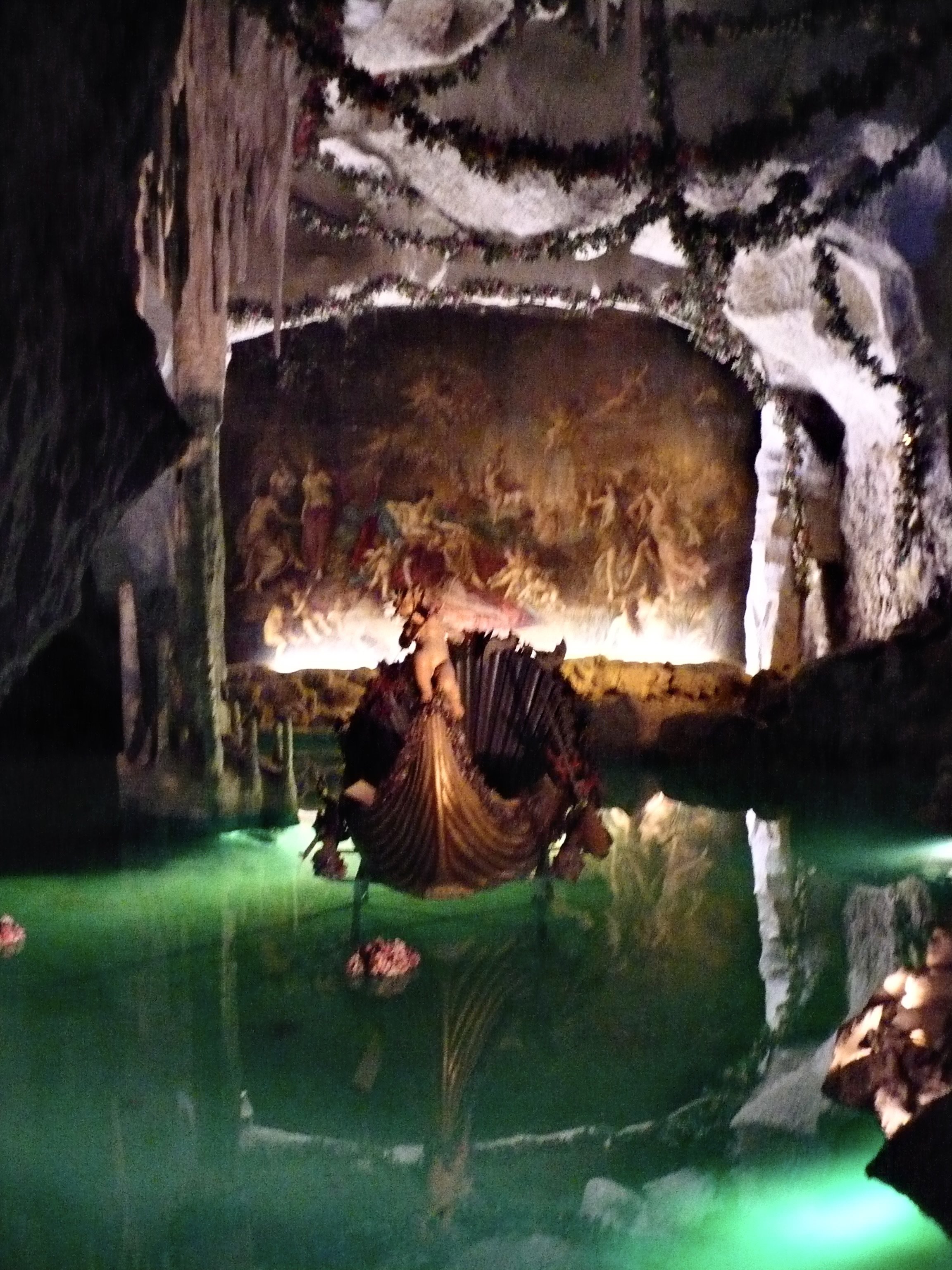
The biggest, most famous, and most Instagram-able of Ludwig’s castles, Neuschwanstein is also my least favorite to tour. This castle welcomes visitors with LOTS of stairs, walking, and crowds, and not a lot of payoff. It’s more spectacular outside than in; the view from the Marienbrücke (Mary’s bridge) is a stunner. Guests I’ve taken here with me agree—skip this one, or just get the obligatory bridge pic.
Just down the hill from Neuschwanstein is the castle in which Ludwig grew up, Hohenschwangau. It may looks more like a mansion than a castle from the outside, but inside, it’s far more interesting than it’s bigger, more famous neighbor, and you get a sense of what life was like for the prince and his family there. This, I recommend. [Seen below: me with Mike and Cassie Griffith on the Marienbrücke, Neuschwanstein’s exterior, Hohenschwangau seen from Neuschwanstein, and lunch in Füssen.]

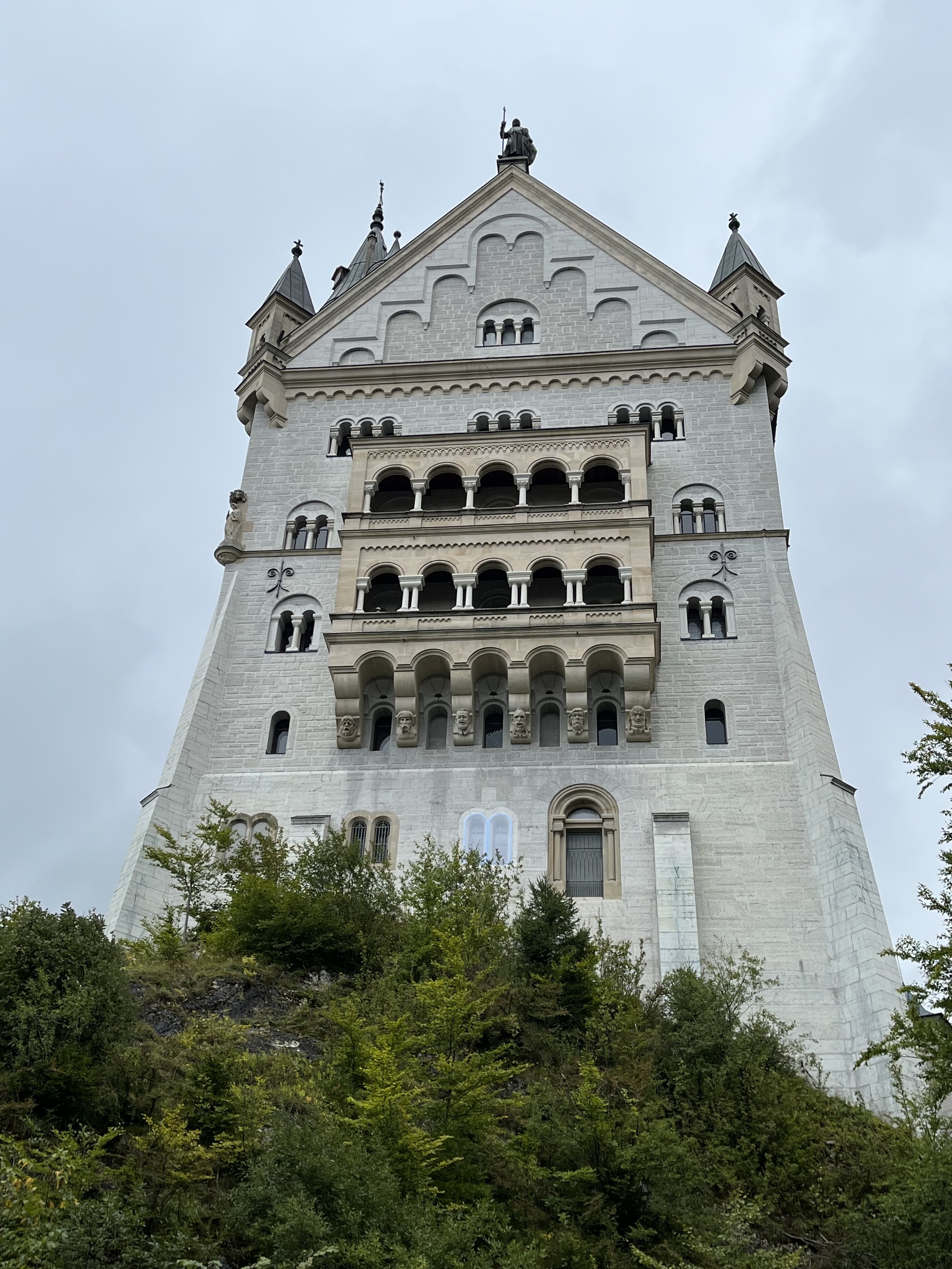


A fourth castle, Herrenchiemsee, is found in southeast Bavaria between Munich and Salzburg. This castle, on an island and only reached by boat, would’ve been the biggest of the four, but only a portion of it was finished before ‘mad’ King Ludwig was deposed. He was found dead, floating in Lake Starnberg just outside Munich, possibly a suicide, possibly not. Though Herrenchiemsee makes for a fun day trip from either city, this castle works best as a trip of its own, not combined with the others.
Other sights nearby
Ettal Abbey, a few miles outside of Oberammergau (on the way to/back from Linderhof), is a spectacular Benedictine abbey in the Baroque style. Its super-ornate chapel is the star here, but there are also a couple of shops, as well as a beer brewed here. The smaller but also spectacular Wieskirche awaits near Steingaden; it’s a Rococo ‘pilgrimage church’ built in the mid-1700s. Both are easy side trips for those staying in Füssen/Reutte, Oberammergau, or Garmisch. [Seen below, scenes from the Wieshirche, with a cameo from your intrepid guide as a much younger man.]
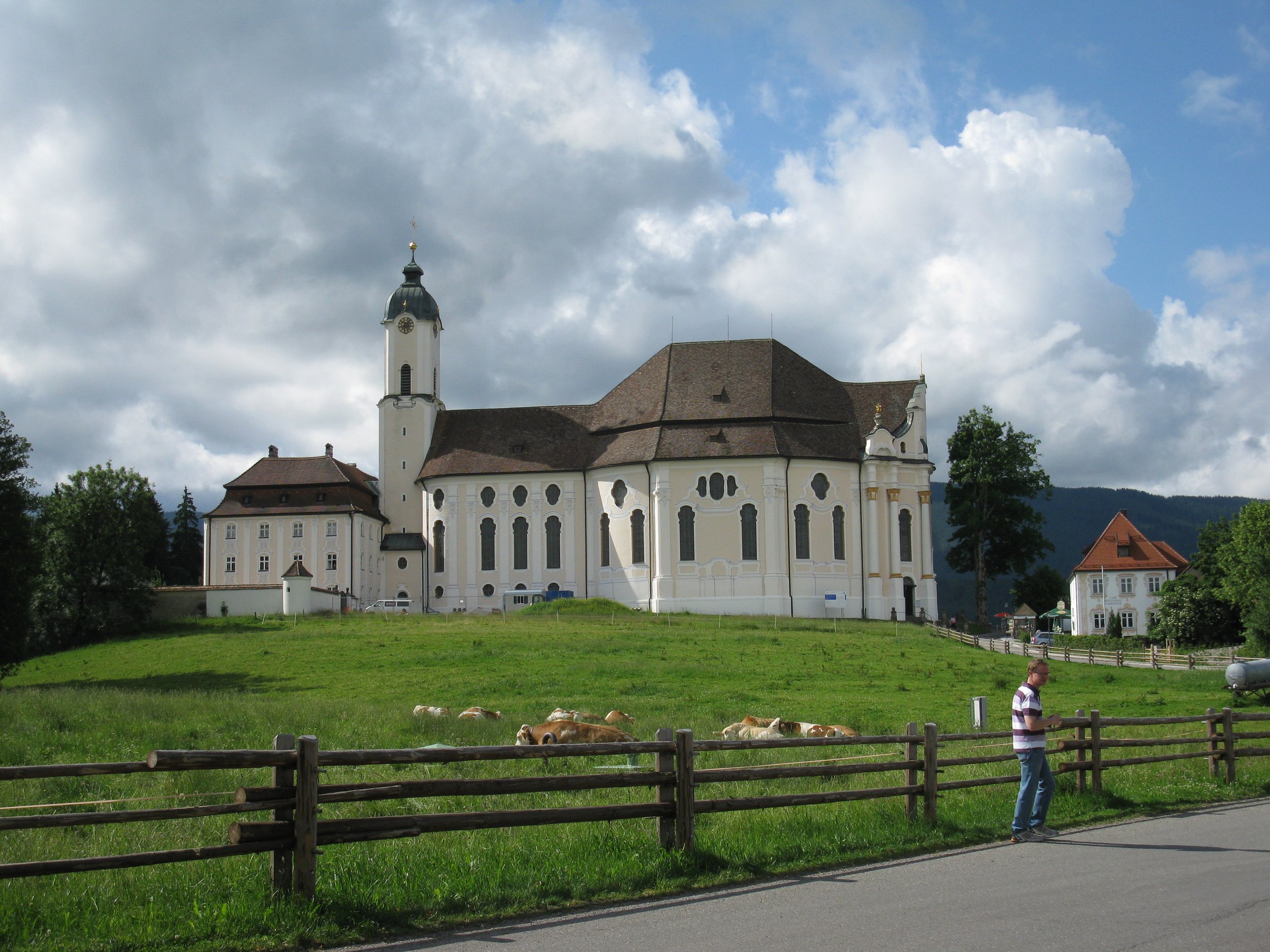
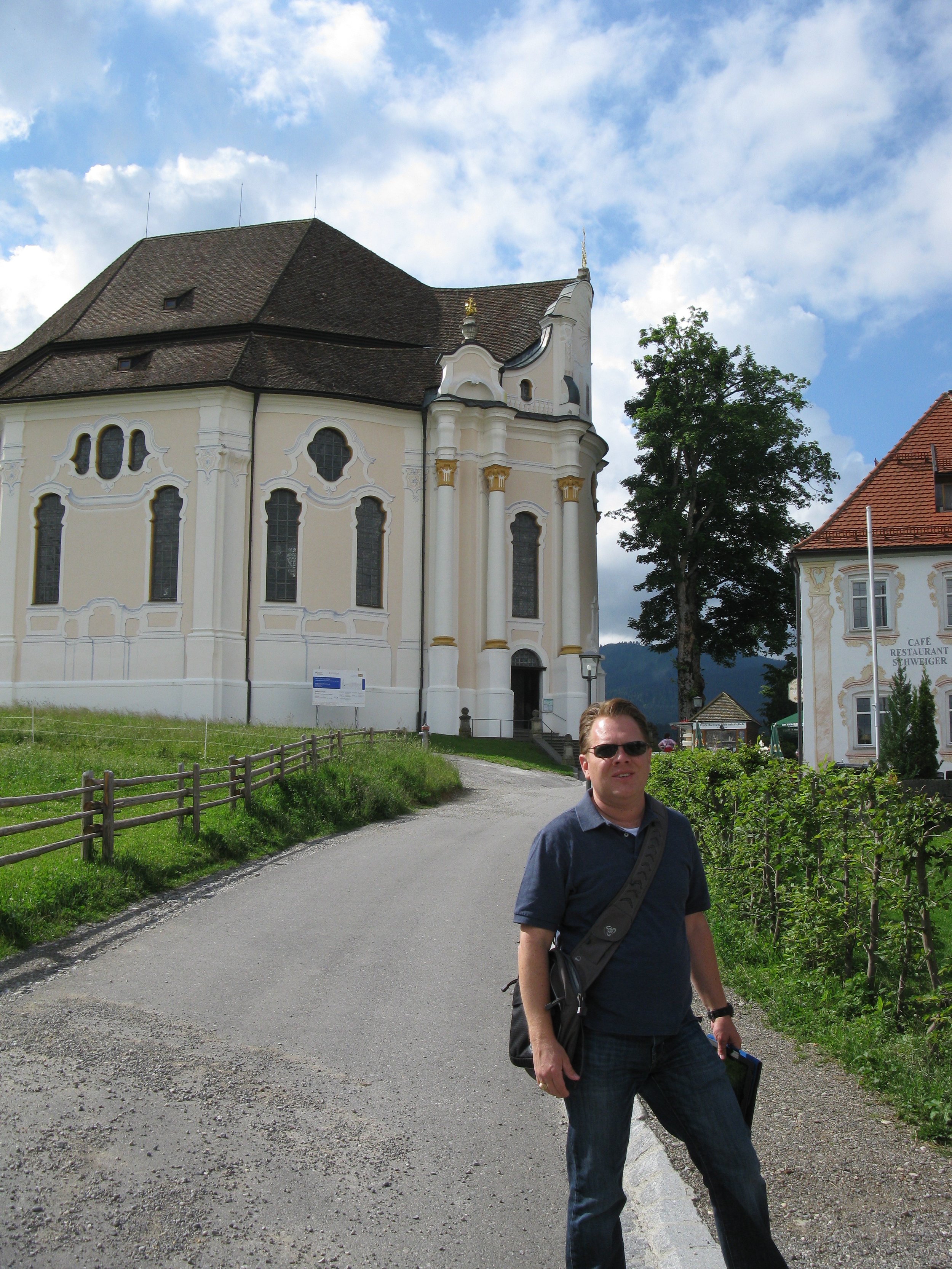
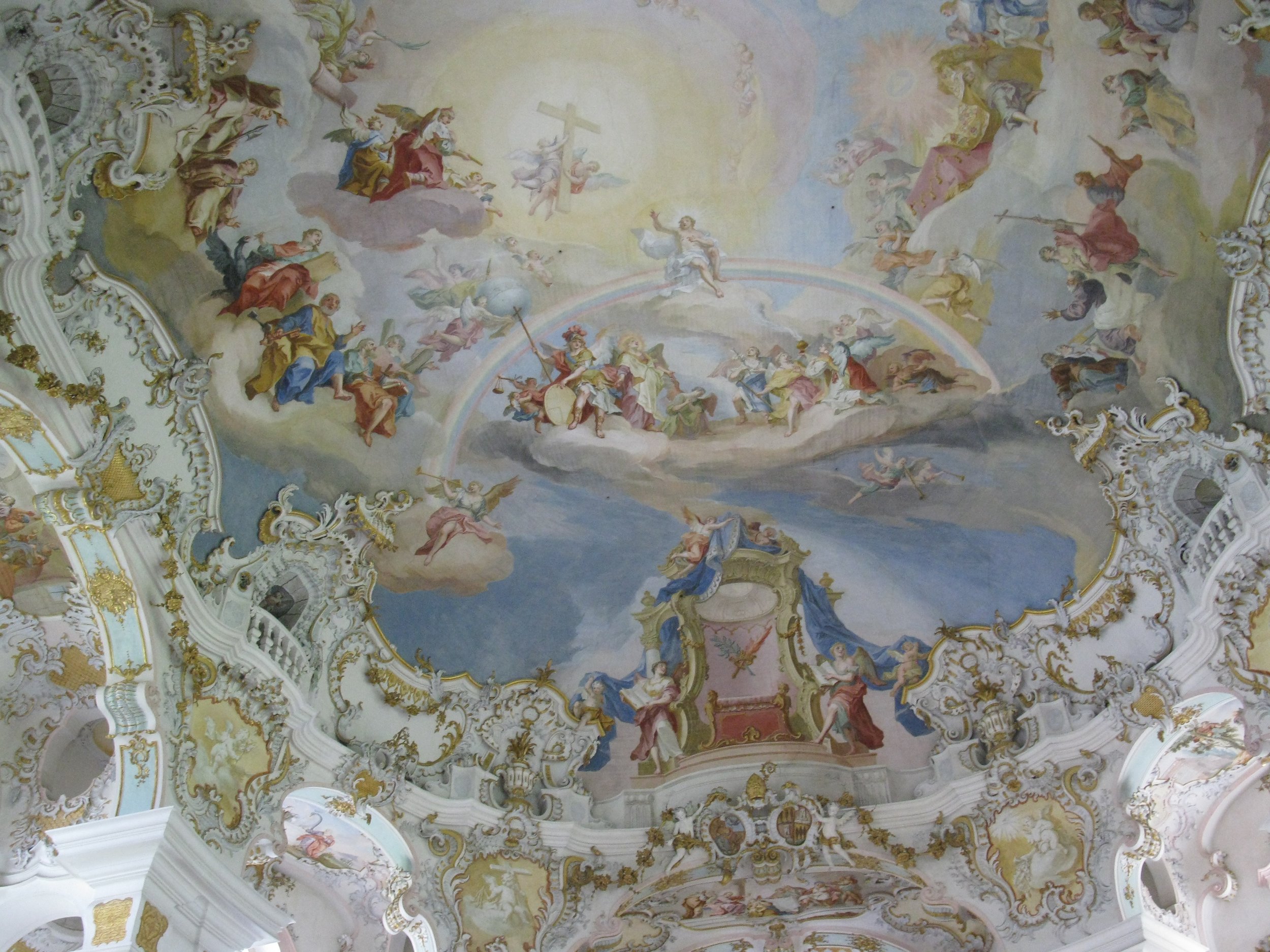
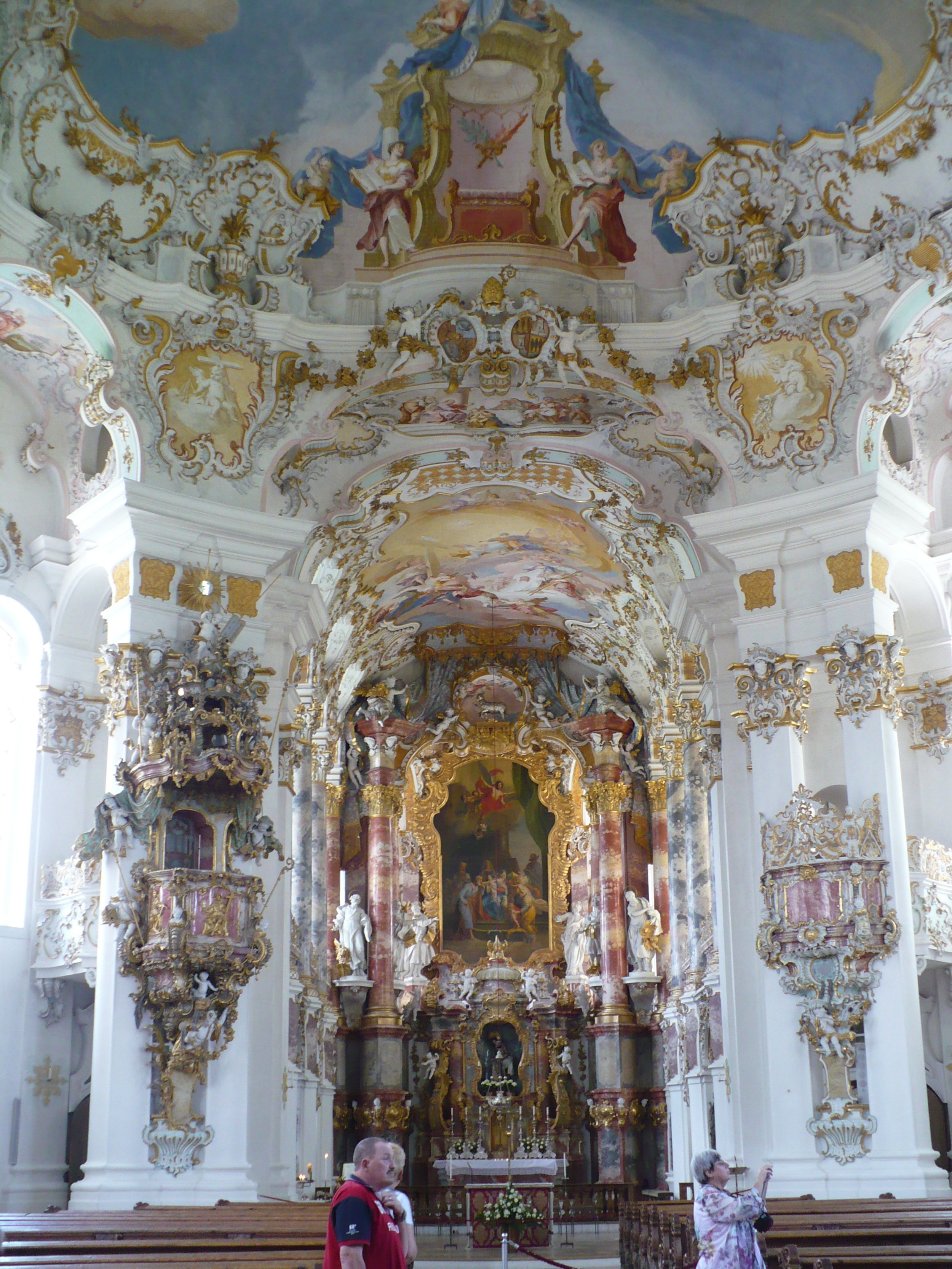
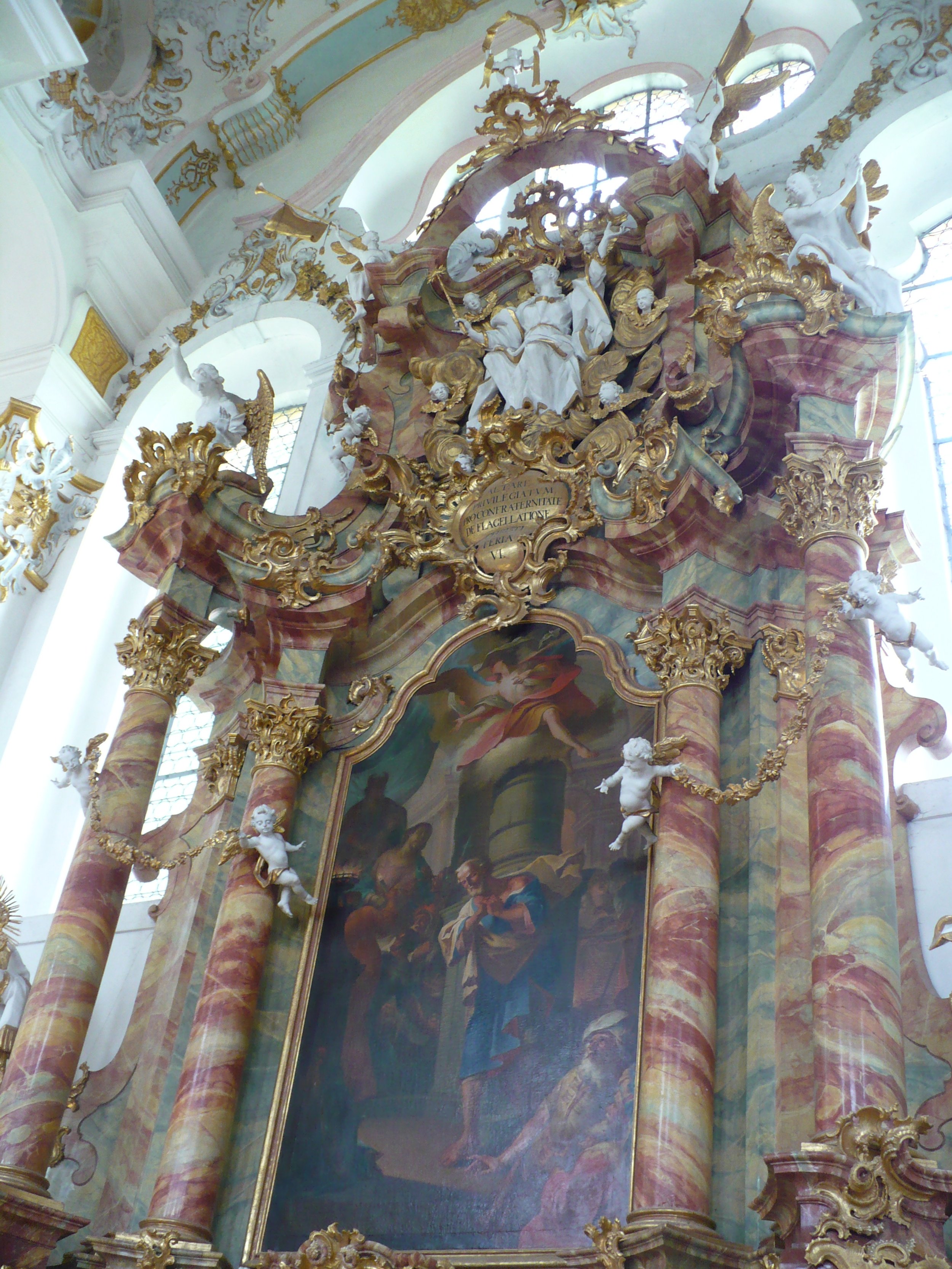
Füssen and Reutte- My first solo trip through Switzerland and Austria featured a three-day stay in Reutte (in Austria, just across the border from Germany’s Füssen). Along with the Neuschwanstein-Hohenschwangau castle complex, there are mountain peaks, waterfalls (the Lechfalle), little villages, and several much older castle ruins to explore. My favorite activity here: park in Pinswang and hike along a trail (an old Roman trade route) through the woods, and alongside an Alpine lake—to emerge at the castle complex. An amazing day. [Seen below, the walk from Schluxen, across the border (say hi to much younger me), along an Alpine lake (hi, Mom), to the castles (shown, Hohenschwangau).]
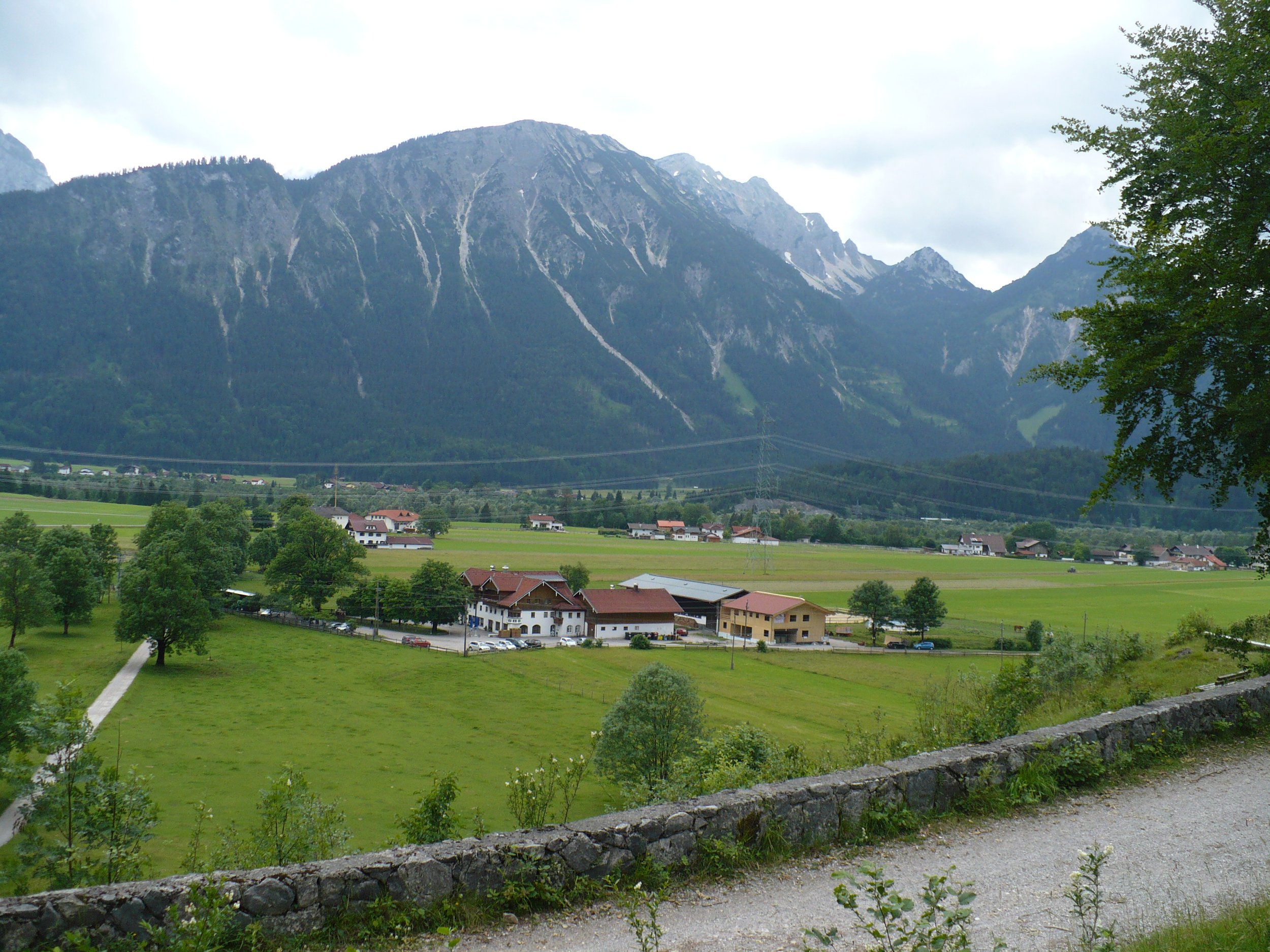


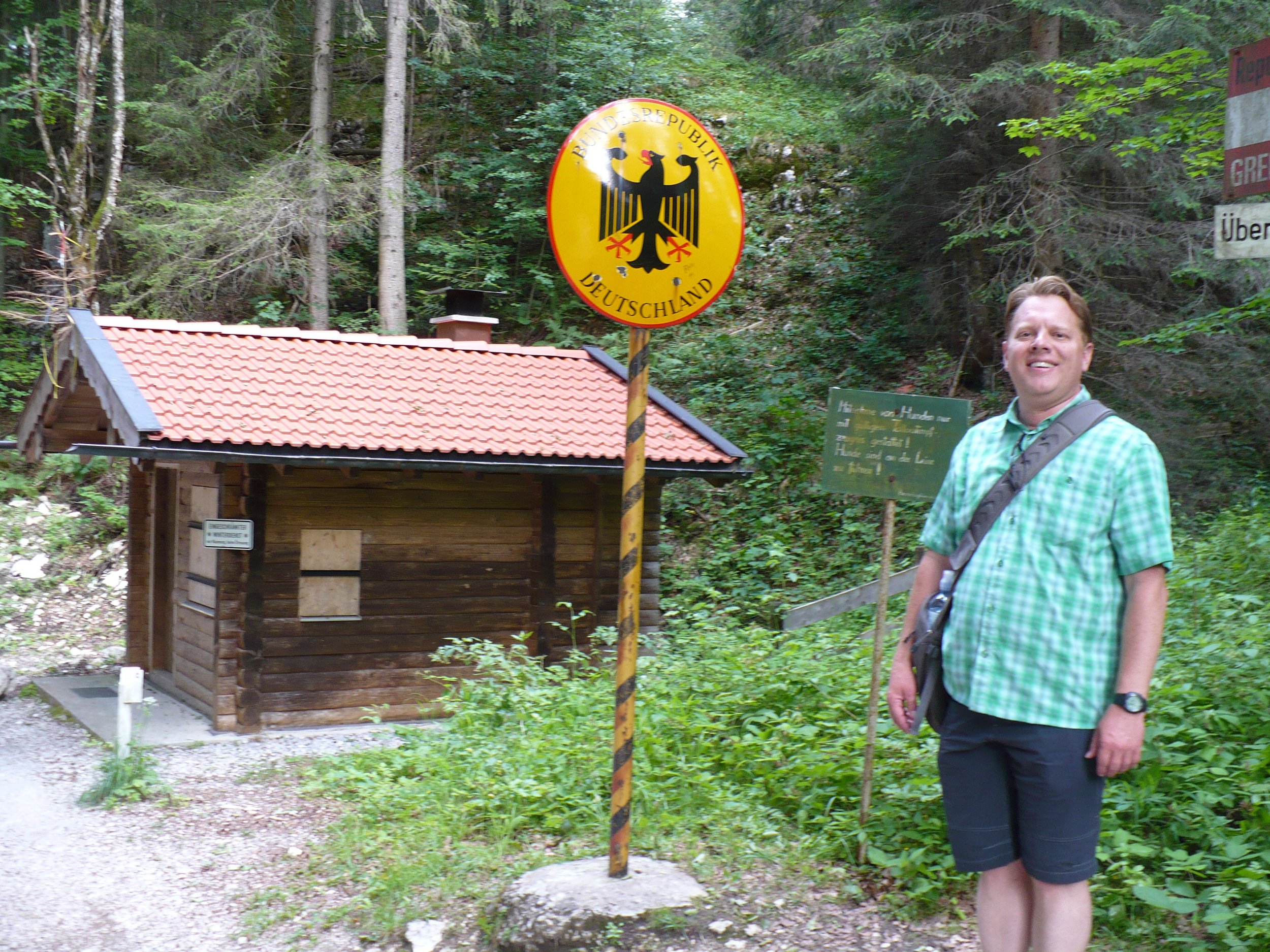
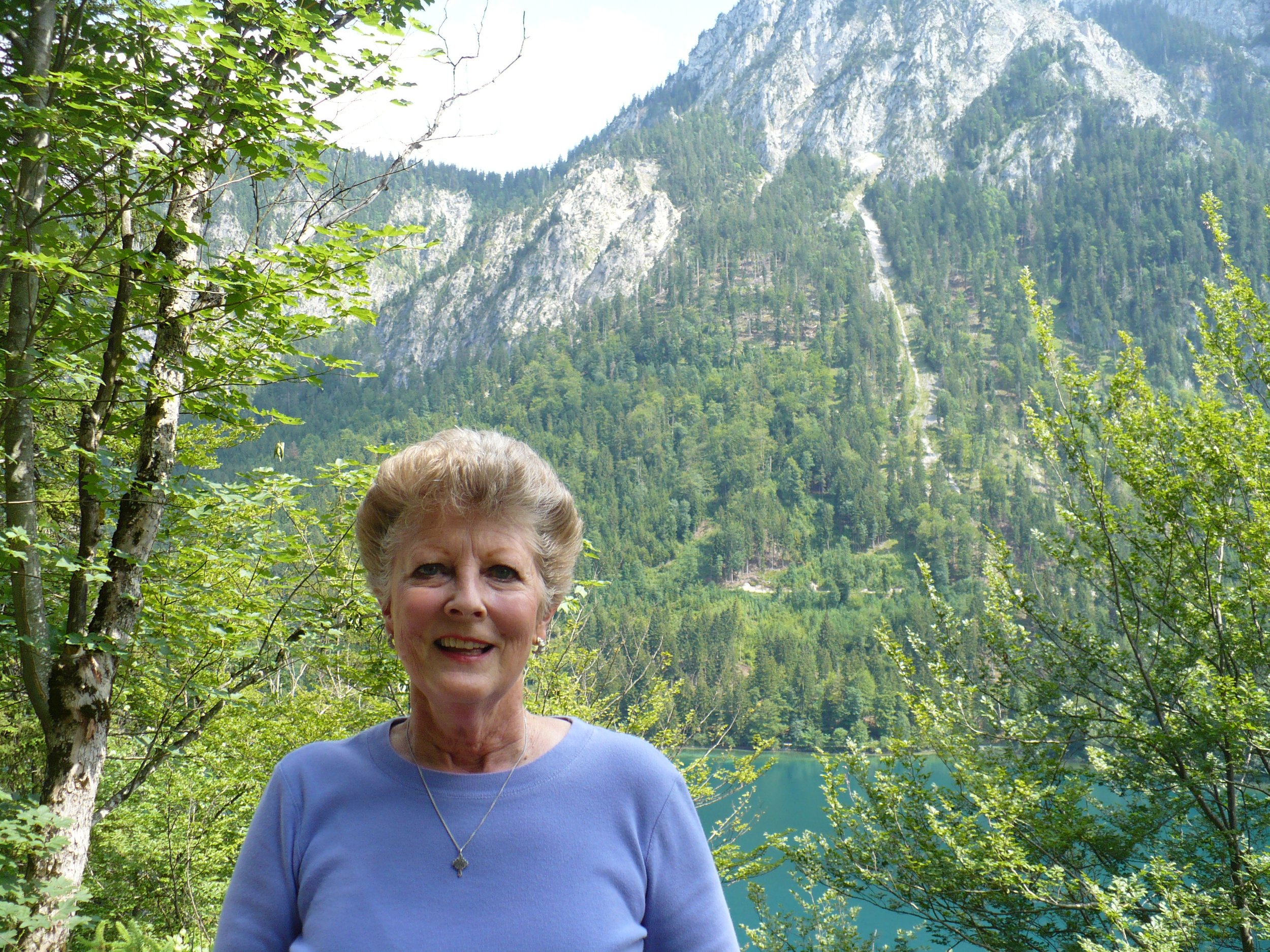
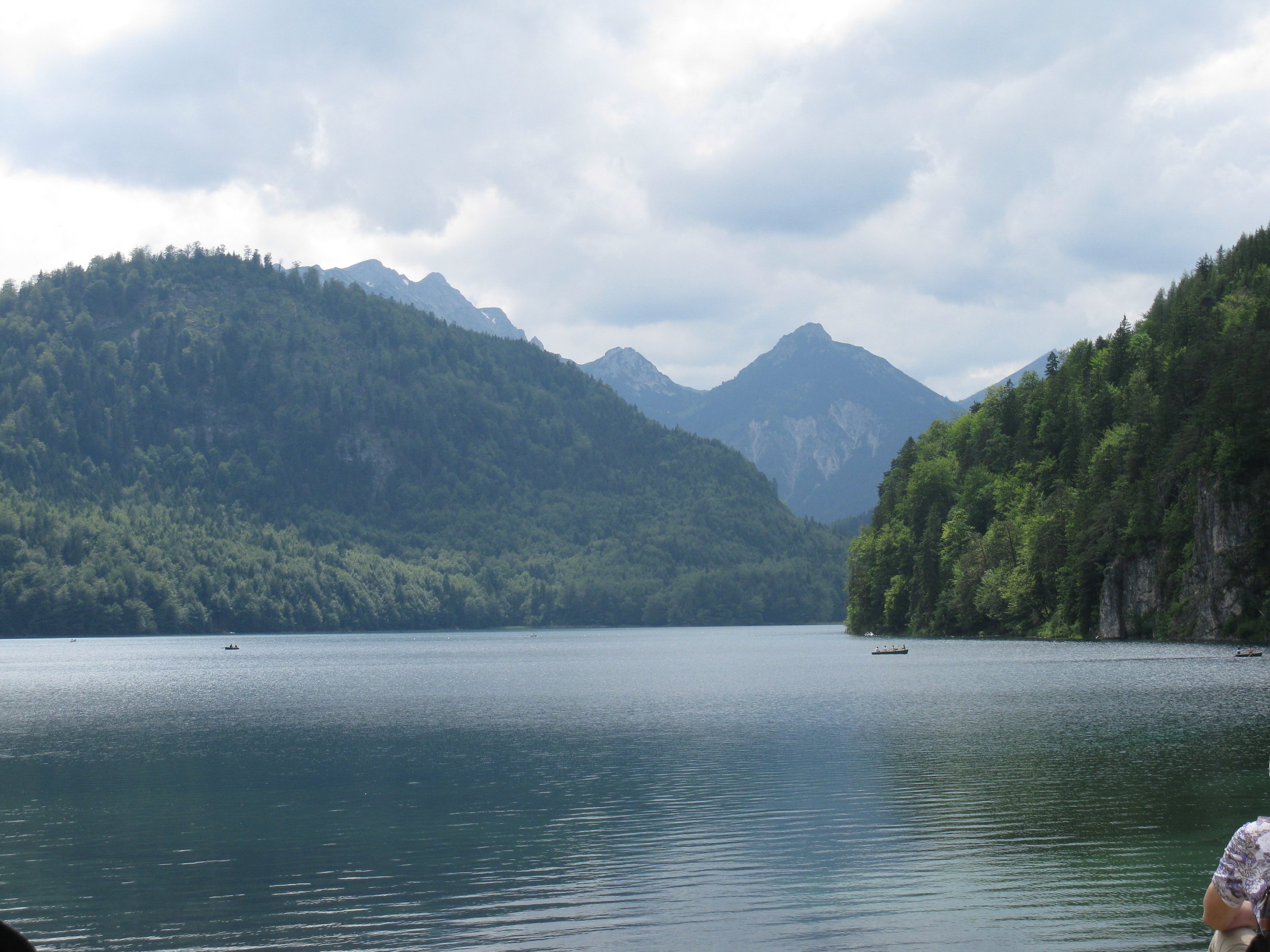
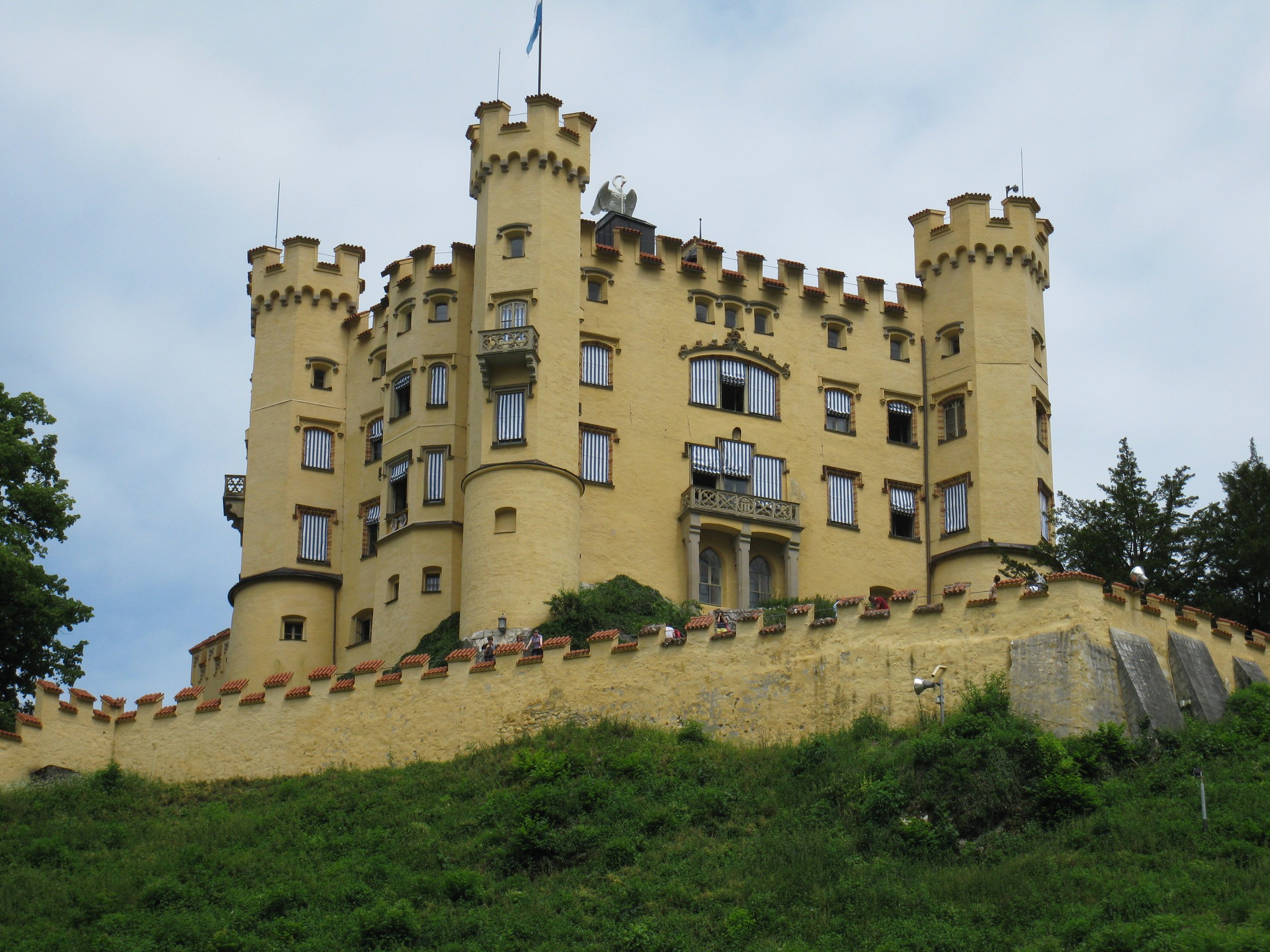
Garmisch-Partenkirchen- This town on the edge of the German Alps hosted the Winter Olympics in 1936, and was part of a bid with Munich to host again in 2018 (but lost out to Pyeongchang, South Korea). As you’d expect, it’s in winter sport territory, with ski areas and the Zugspitze, Germany’s tallest peak, nearby. The town itself is worth a morning or afternoon stroll, but I prefer Oberammergau or the Füssen area for a home base. [See below, Garmisch-Partenkirchen’s ski jump, stadium, and a vintage sign.]
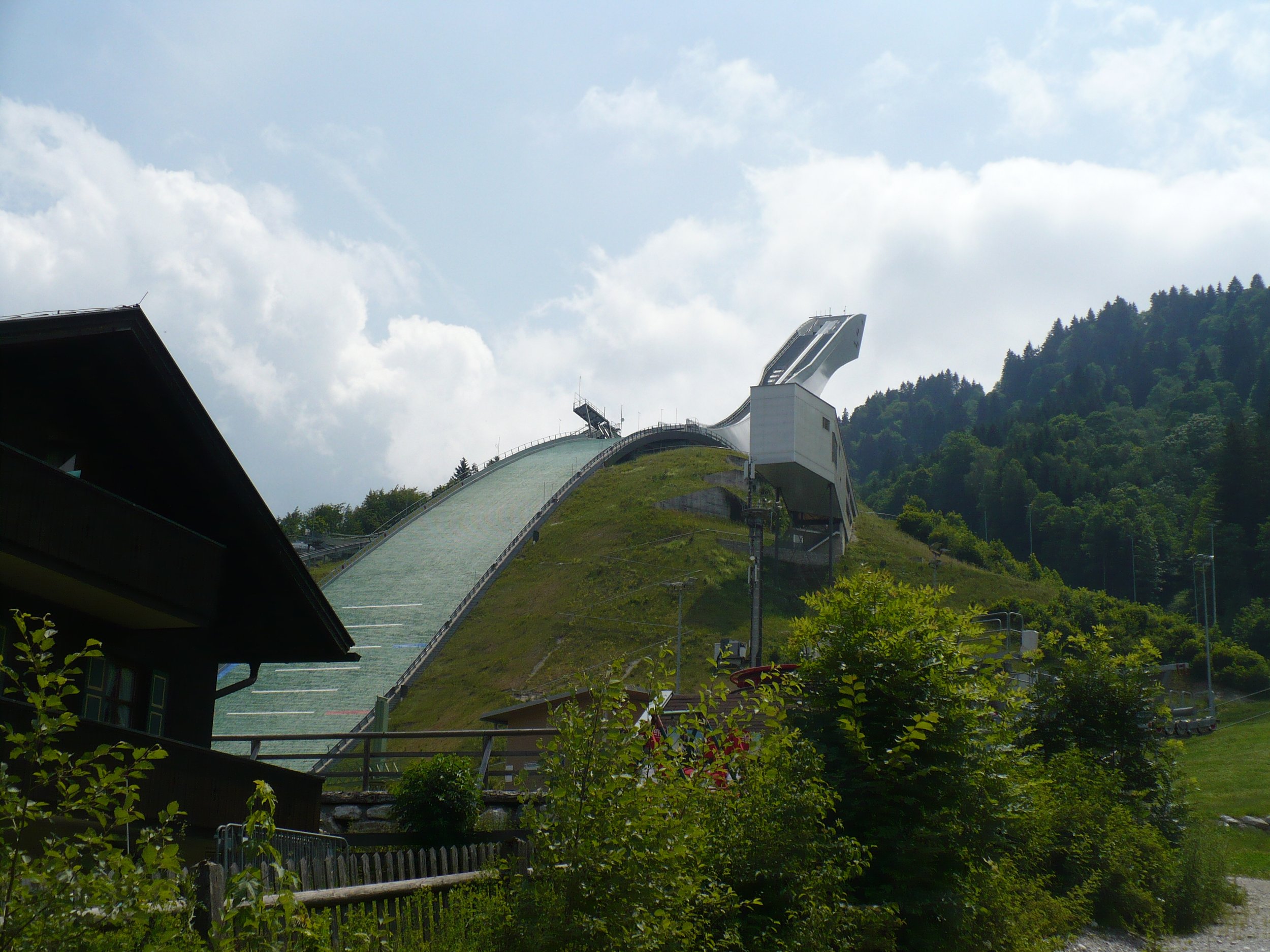

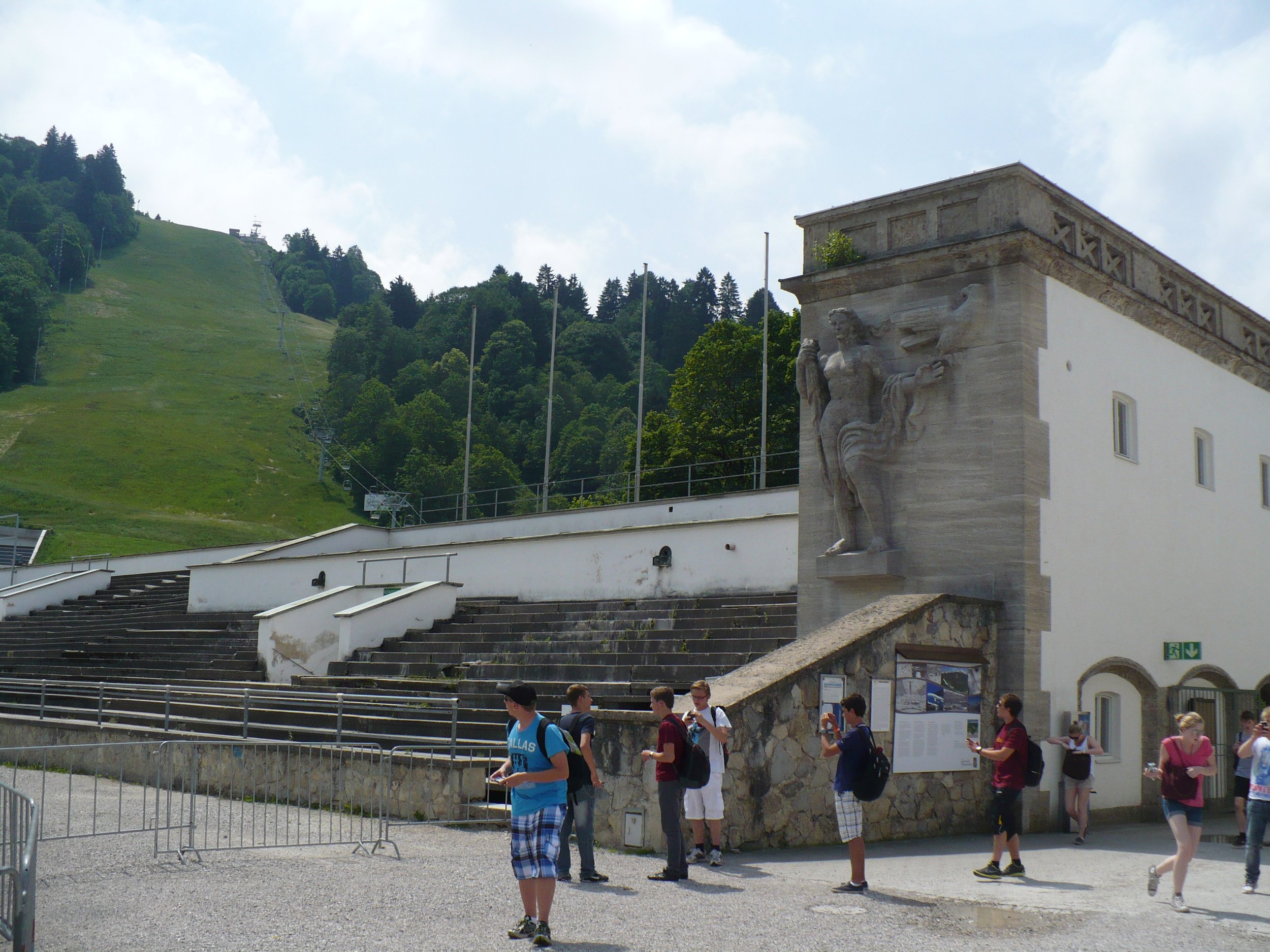
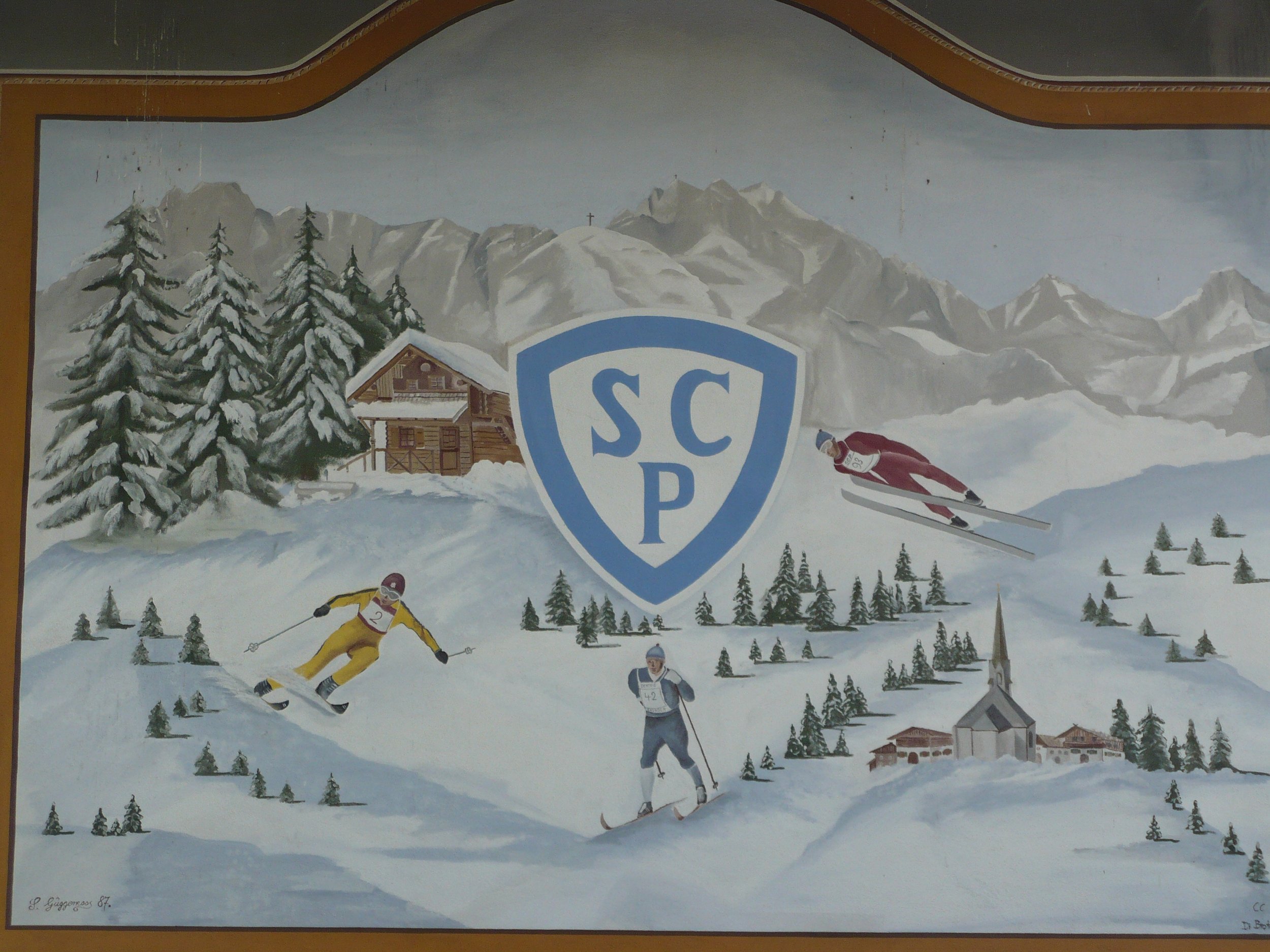
Ready to see this beautiful region for yourself? Shoot me an email—I’d love to help you plan and book an amazing trip to Austria and Bavaria.





